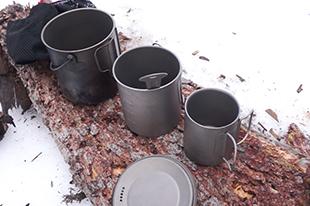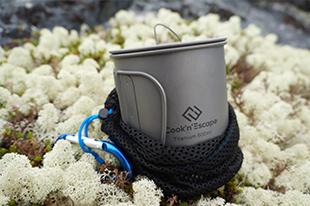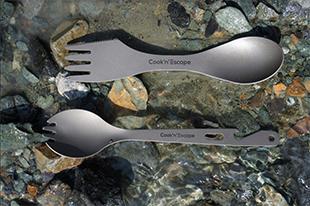Shelters - deep snow vs. lacking snow

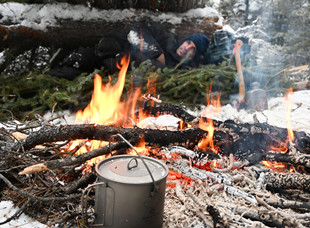
Shelters - deep snow vs. lacking snow
What’s the best type of survival shelter in winter conditions? The answer is always: “it depends.” But, it depends on what? More than the cold, the depth of snow dictates two strategies. For this article, let’s define “deep snow” as over 40 cm of snow on the ground. By “survival shelter,” we mean a shelter that is not manufactured (like tents, sleeping bags..) but is made on the spot, with material available.
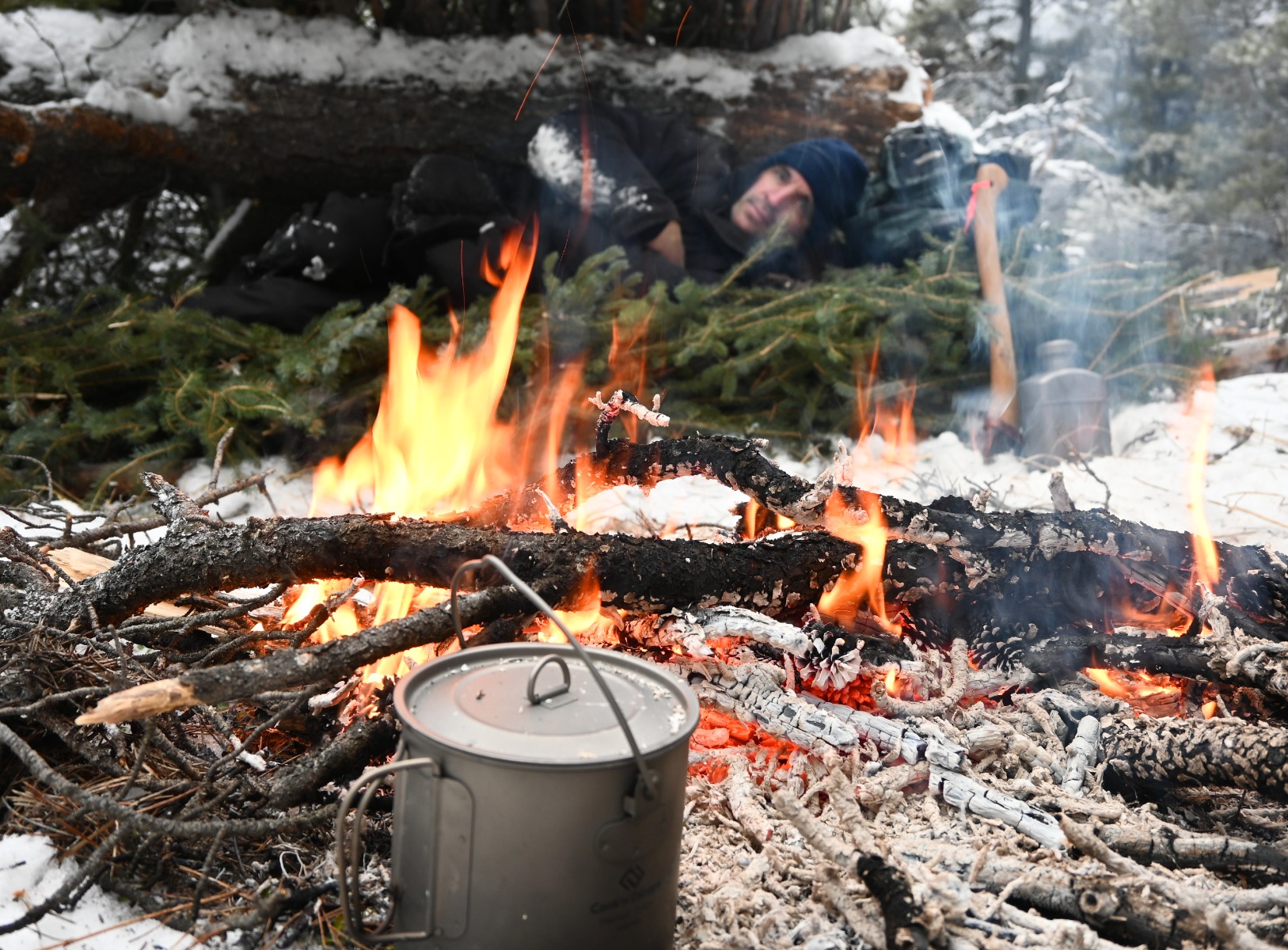
In a cold wilderness, the priority is to avoid hypothermia. Body heat has to stay within a normal range, and you will have to fight to keep it that way. That’s why a shelter needs to be comfortable enough to allow for a few hours of sleep.
-In deep snow the strategy is straightforward: snow is an awesome insulator, and there is plenty of it, so the best bet might be to dig a hole and stay put for the night. The positive of this type of shelter is that you may not need a fire. A campfire wouldn't be practical anyway, since it’s difficult to make and maintain in deep snow. If your clothing is adequately warm, you won’t need a fire. A small candle in a pot may give enough warmth and light, even during the coldest night. A good shovel is an essential tool of deep snow survival, whether you are building a quinzee or any kind of snow-banked shelter. While in lacking snow a sharp ax may be invaluable.
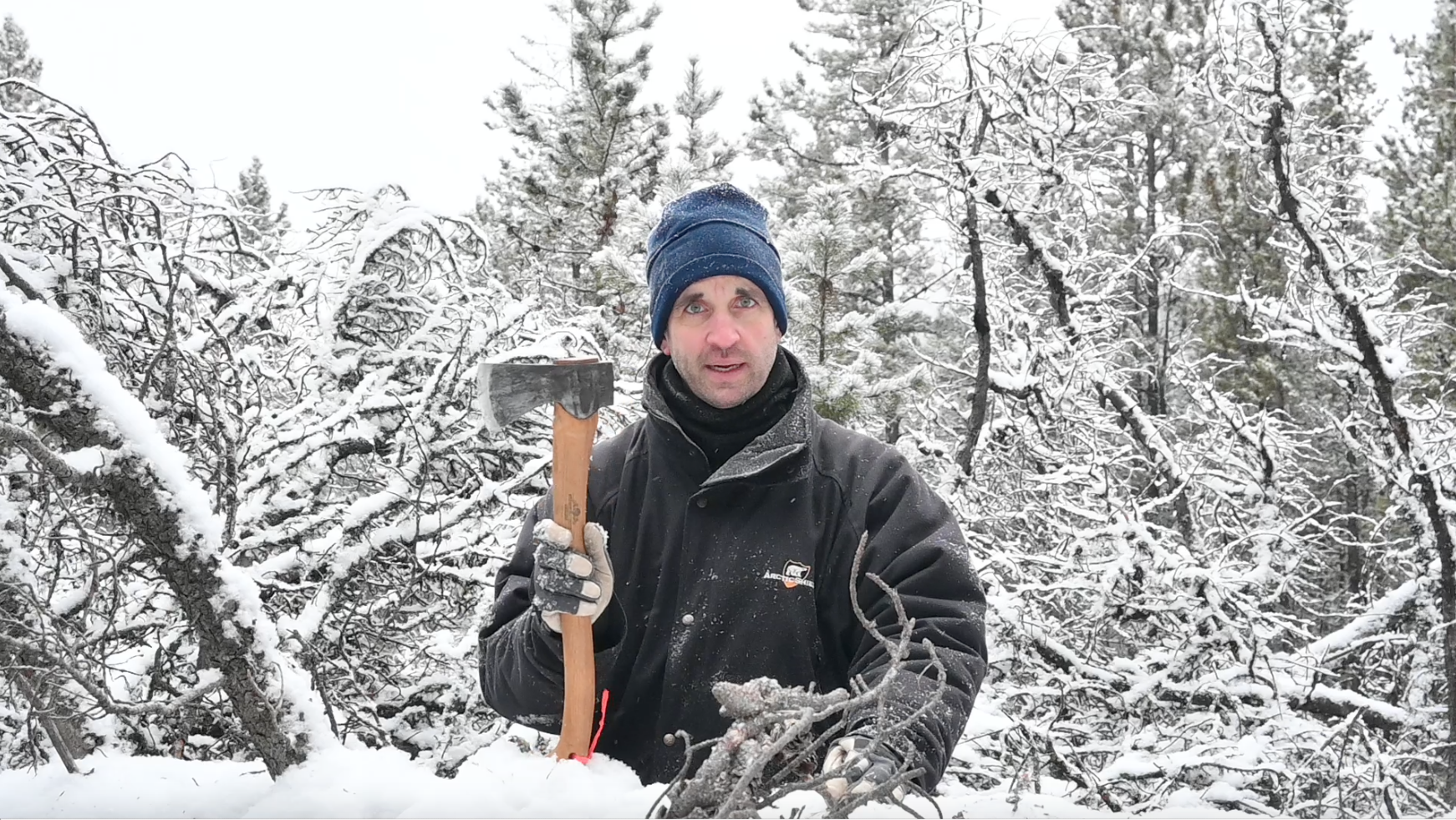
-In lacking snow conditions, there is not enough snow to build a snow shelter quickly. However, do you need to build a shelter? You need protection from the elements and heat. But what kind of protection? It all depends on the weather. If the sky is clear, even if it’s cold, a warm fire could be enough. Think about protecting your back from the cold. Build some kind of wall to reflect the heat, and stay in between the wall and the fire. The fire should be about a step away and as big as needed to keep you warm. The wall can be made of anything, rocks, logs, and of course a tarp if you carry one.
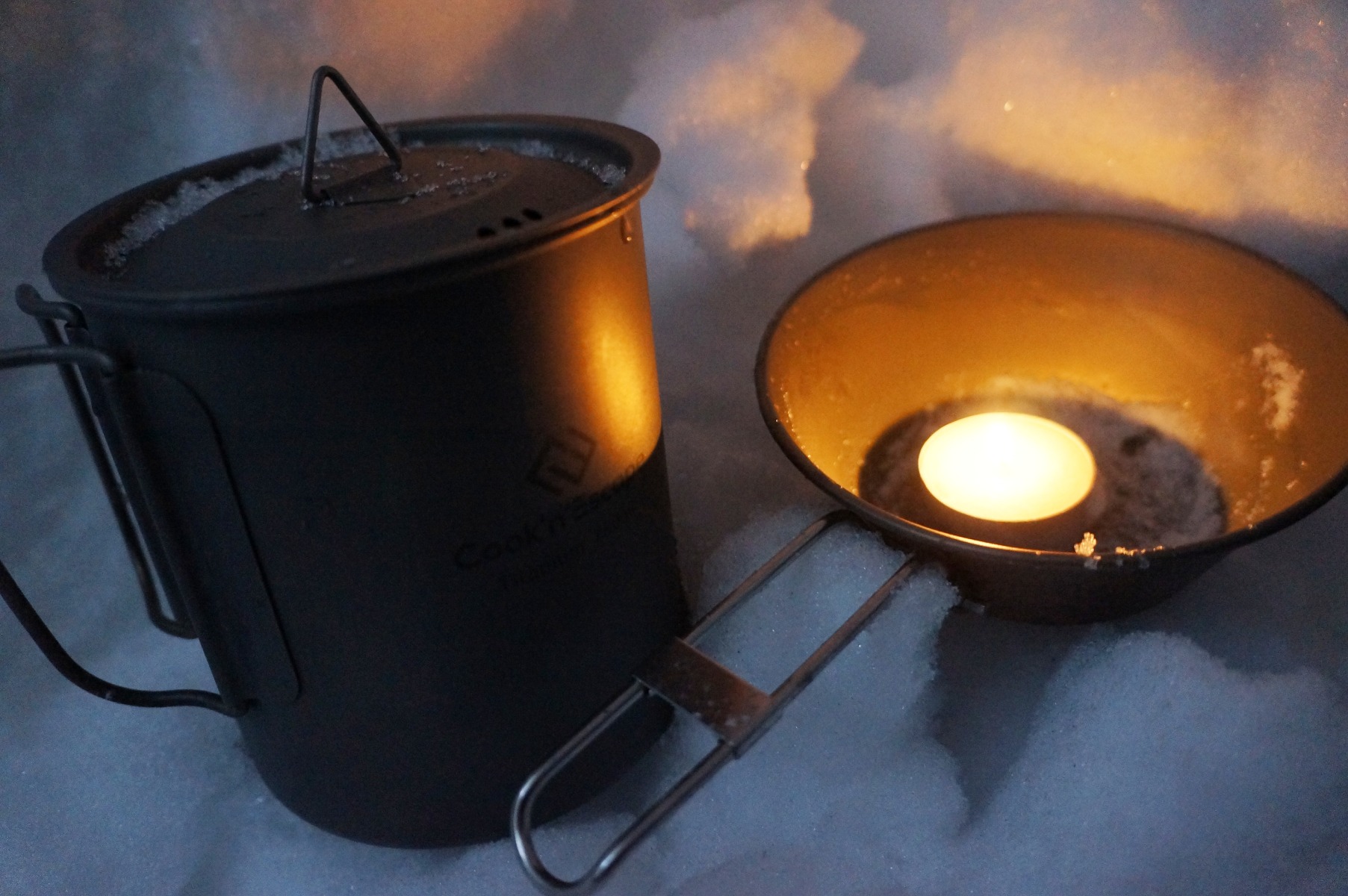
-If there is some kind of precipitation, like snow or rain, overhead protection might be needed. The most well-known shelter is a lean-to. It’s simple to build and described here. In a lacking snow environment, it’s the wood, not the snow that provides protection from the elements.
-Both deep snow and lacking snow survival shelters require lots of physical energy to build. Avoid sweating at all costs though, as it speeds up hypothermia. Remember to practice shelter-building techniques before a real survival situation.
-Both deep snow and lacking snow require you to have insulation from the ground. Make “debris beds,” just pile a thick layer of soft materials on the ground, like leaves or conifer branches; it should be comfortable enough to sleep on.
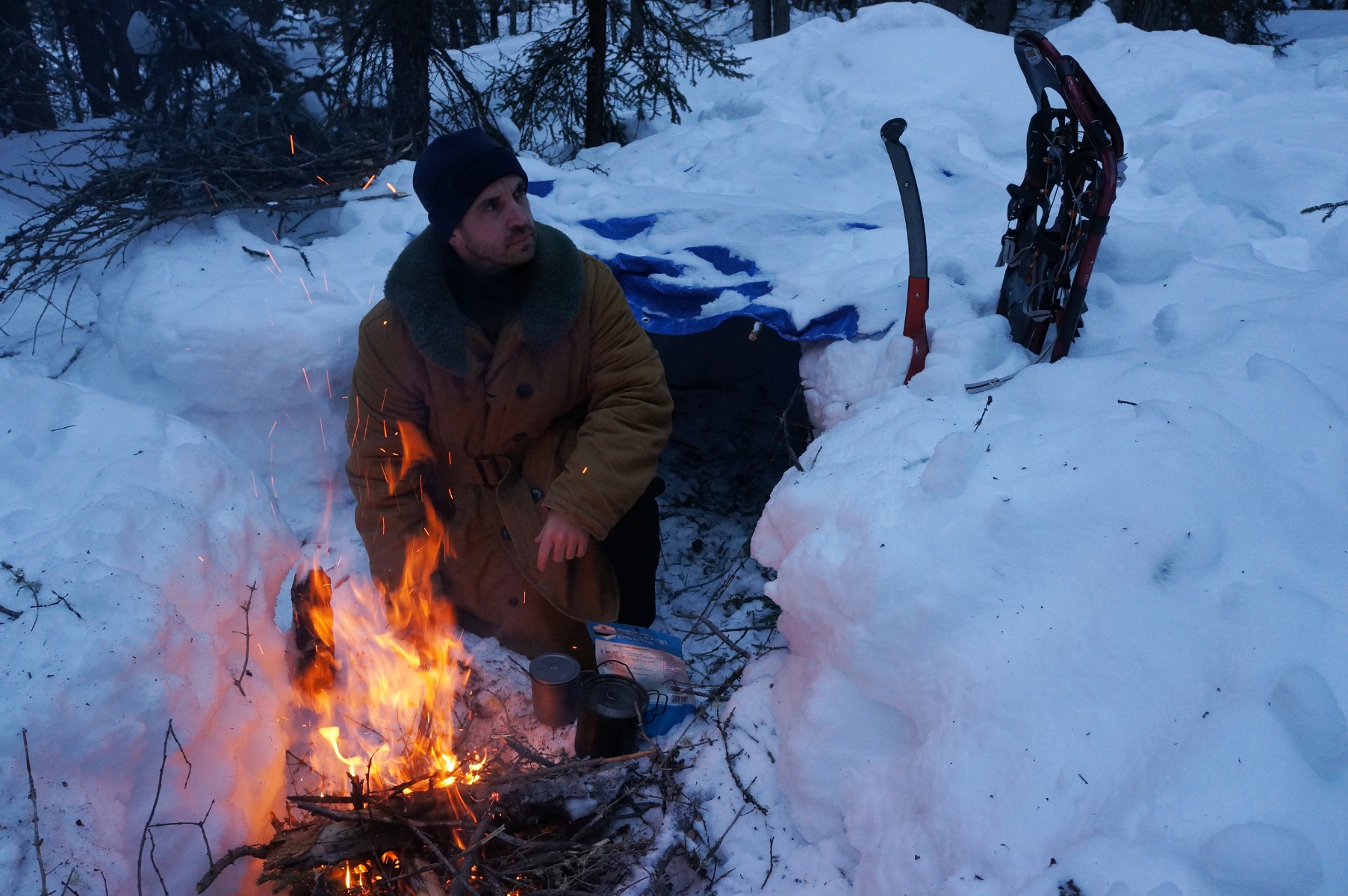
-Whatever the shelter, once you are hunkering down, save energy and monitor liquids properly, melt snow, and drink regularly. Always have a decent size pot/cup with you!


